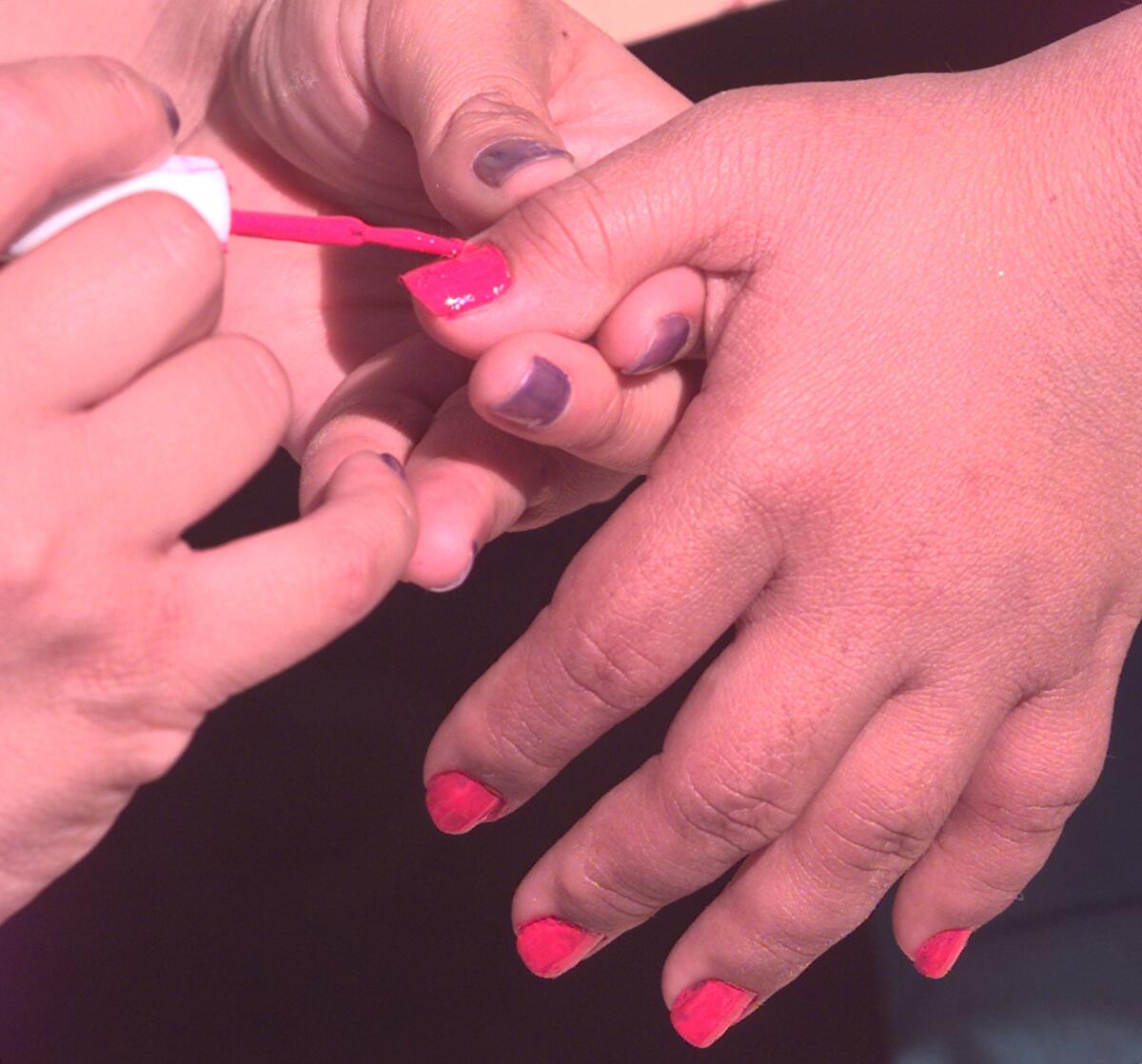Can gel manicures cause cancer?

Tanning beds have long been a source of controversy with several studies showing that the practice can come with a costly price — skin cancer. But do you have to worry about an increased risk of melanoma at the nail salon too?
The question has come up since the advent of gel nail polish, which has become an increasingly popular service for customers seeking longer wearing manicures — it can last up to three weeks. Technicians apply a special polish to nails and then cure the product, usually for four to eight minutes, using ultraviolet light. That’s the same kind of light that causes sun damage to our skin.
“UV lamps of any wattage are like the sun on steroids. You get boosted UVA/UVB exposure in such a short amount of time,” says Dr. Ava Shamban, assistant clinical professor of dermatology at the UCLA-Geffen School of Medicine.
A recent study conducted by several doctors at the Medical College of Georgia at Georgia Regents University examined exposure to UVA rays from lamps commonly used to cure gel nail polish. The study reviewed 17 nail salons in two geographic regions to evaluate the UVA and UVB irradiance of these nail polish devices. The study authors concluded that even with numerous exposures, the risk for developing cancer is small.
But the study also showed that on average it would take only about 11 visits over two years to reach the levels of exposure that would cause sun damage, and some stronger lamps could take as few as eight. (And you won’t know the exact voltage emitted by the UVA lamp at your salon, says Shamban.)
To limit risk, the study’s authors recommended using sunscreens or UVA protective gloves when getting a gel manicure.
Most doctors agree that you don’t have to give up your gel manicures as long as you are aware of the risk and take appropriate precautions.
“If they use UV lamps, apply a UVA-protecting sunscreen to your fingers and hands or feet if you get gel toes before going under the lamp,” says Dr. Jessica Wu, a Los Angeles dermatologist and assistant clinical professor of dermatology at USC Keck School of Medicine.
For those who make frequent visits, consider investing in a pair of SPF gloves, like those made by Solumbra ($39.95; www.sunprecautions.com). Some salons provide mitts, but they need to be dark and opaque to provide protection (if you can see your hand through the fabric, rays can get through).
Dr. Wu also suggests limiting gels to four times a year.
Lastly, some gel polishes can be cured using LED instead of UV light. Ask at your salon about which method is used; it should be marked on their lamps.
LED lights are a safer alternative. “In fact, LED lights are used to treat some types of squamous cell skin cancers,” Wu says.
image@latimes.com






